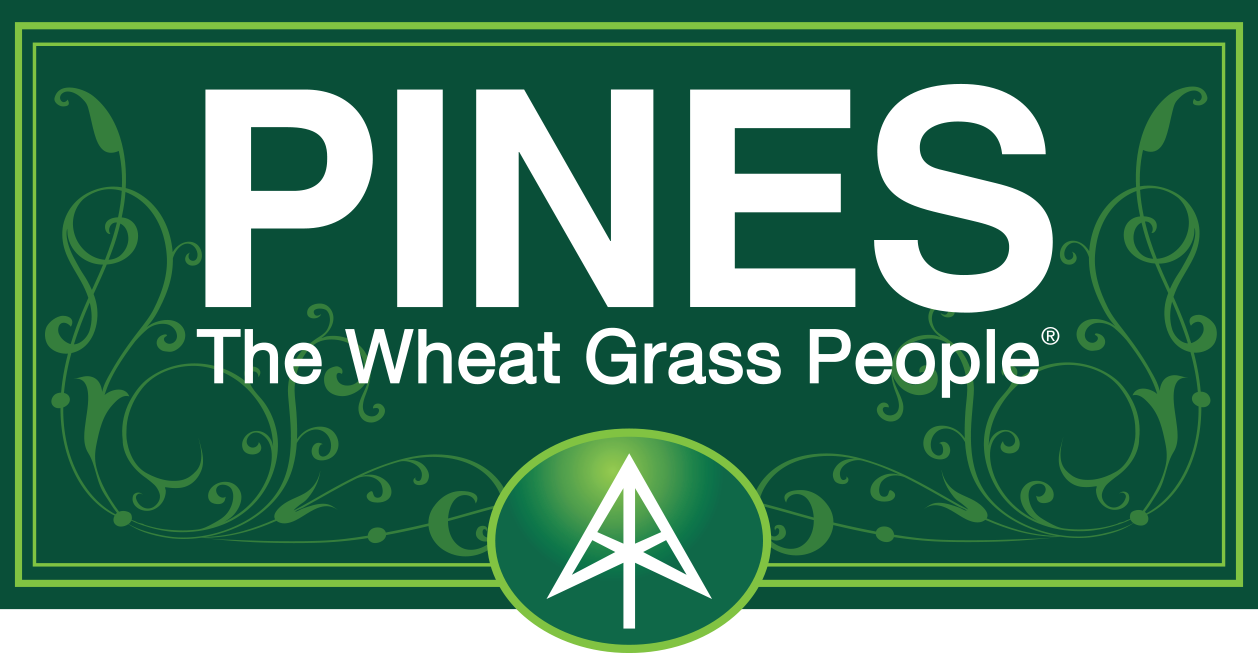
To truly appreciate the benefits of Pines Organic, Non-GMO Barley Grass (and the extra care we take to ensure it’s harvested at peak nutrition) we’re taking you behind-the-scenes and into the fields at Pines International’s farm in Lawrence, Kansas.
Unlike WheatGrass, which Pines grows through the winter and harvests in spring, barley grass, depending on the variety, can be planted either in the fall or spring. Pines planted this crop last spring and harvested in the early autumn. In the video, you’ll notice we're cutting it while the grass is still relatively short. Why? We cut barley grass just before the plant reaches the jointing stage, the point at which the internodal tissue in the grass leaf begins to elongate, forming a stem. After this happens, chlorophyll, protein, and most of the vitamins found in cereal grasses begin to fall.
Our competitors let their wheatgrass, barley grass and other cereal grasses grow well beyond this point so that they can have a higher yield, yet it results in a nutritionally inferior product. Because of this, Pines provides twice the nutrition per gram than what others achieve. As the film footage shows, this window in the plant’s development is so brief, that sometimes we work late into the night to ensure we’re harvesting the barley grass at its peak nutrition.

Benefits of Barley Grass
Speaking of nutrition, Barley Grass, has a similar nutritional makeup as wheatgrass. It’s a whole food packed with essential vitamins and minerals such as iron, copper, folic acid, vitamins C, B6 and B12, and protein, which are all vital to maintaining hemoglobin levels and forming red blood cells. It also has more iron than spinach, and iron improves blood volume and prevents anemia and fatigue. It also contains antioxidants, calcium, chlorophyll, fiber and many more nutrients your body needs every day.

Green, Glorious Greens!
After a long day (even night) of harvesting barley grass, at last you can see it being transferred from the harvesting machine to truck for transport to our low-temperature dehydrator. Notice the vibrant green color? That’s the unmistakable color of chlorophyll found in green leafy vegetables, which provide your cells with the food they need. It's not only good for you, it's also a tasty ingredient, used in salad dressings, such as this Jalapeno Ranch recipe on delicious Shrimp Tacos, Zucchini Noodles with a Spicy Tahini Sauce, and smoothies and many other salads, entrées and beverages.
Stay tuned for more behind-the-scenes footage from Pines!




Comments (0)
There are no comments for this article. Be the first one to leave a message!